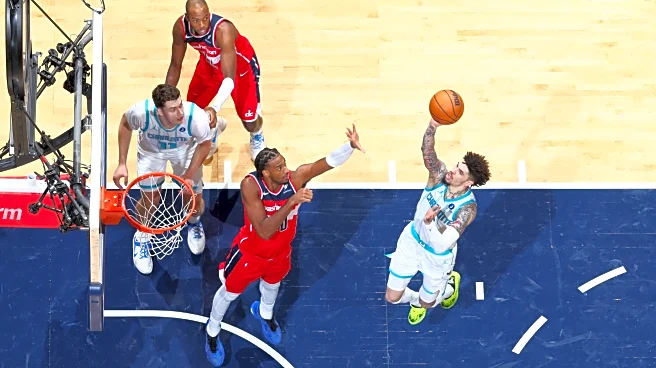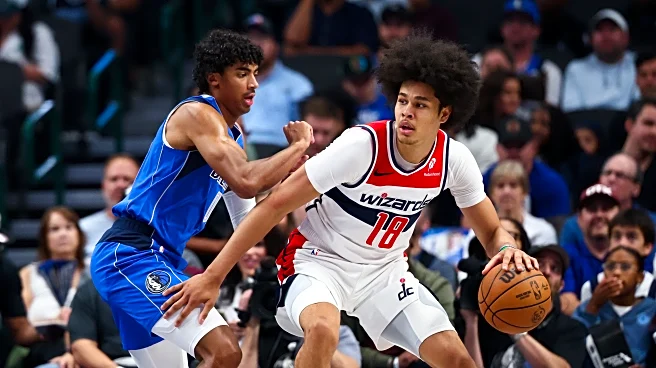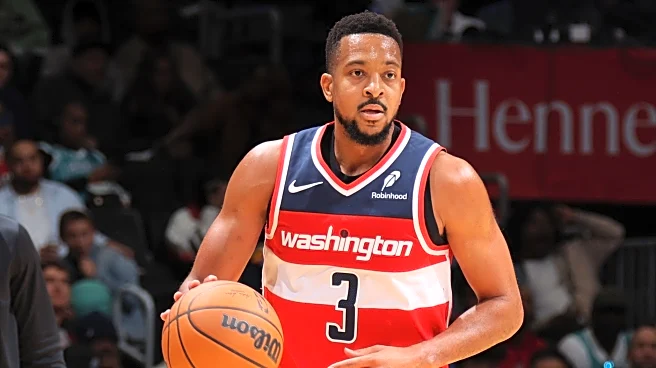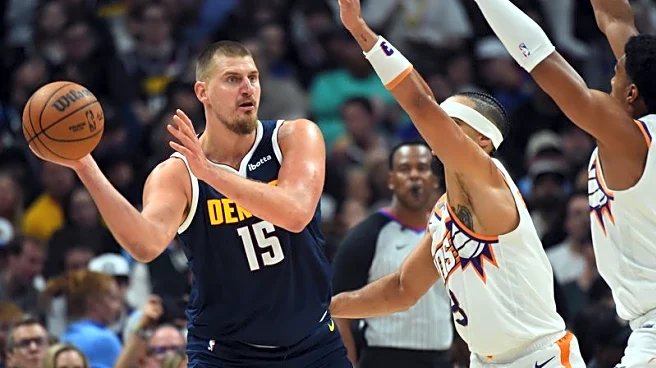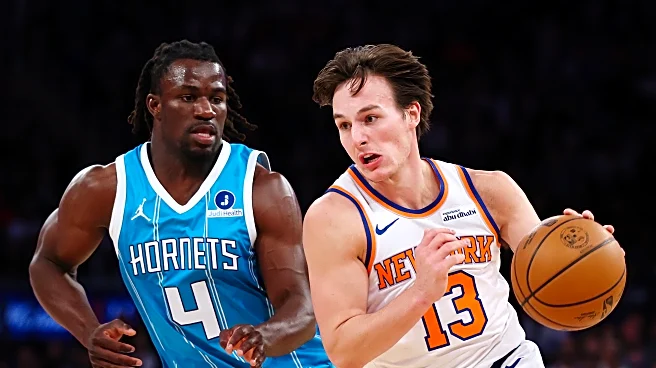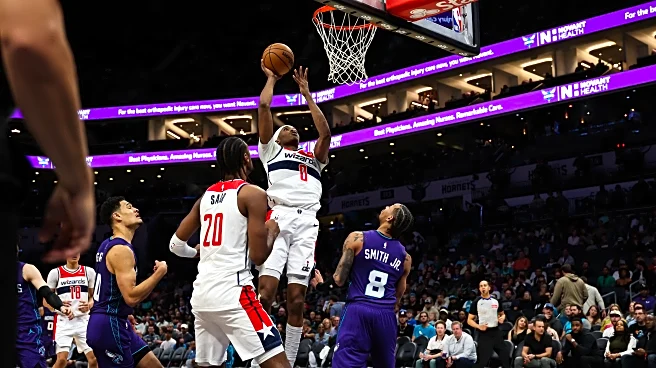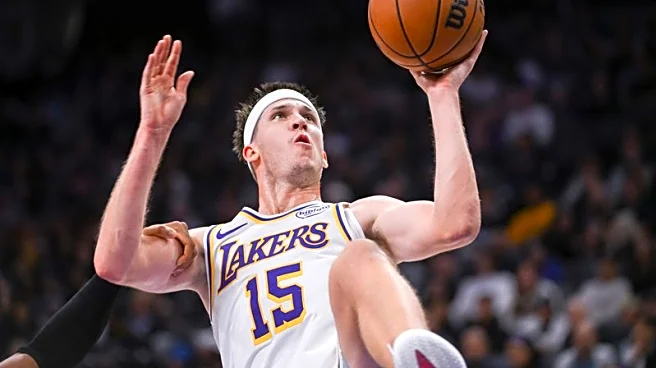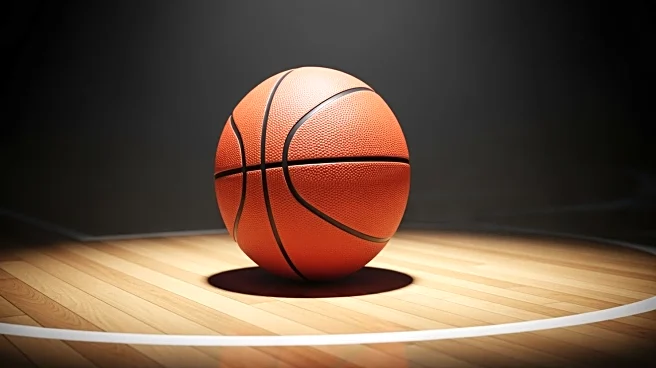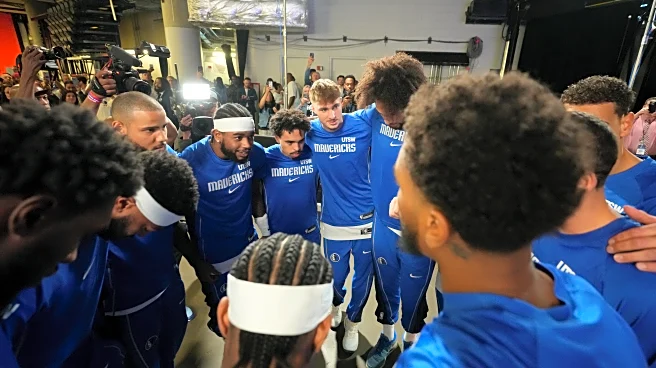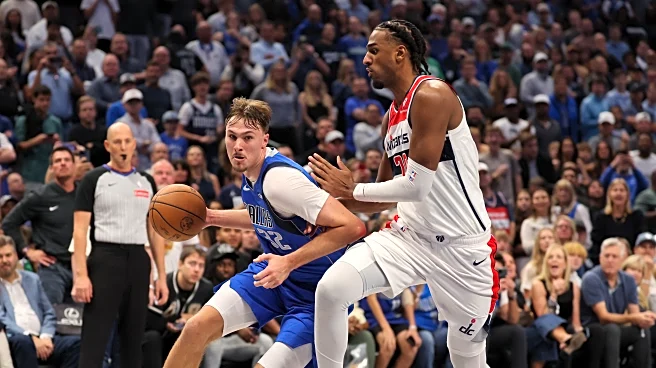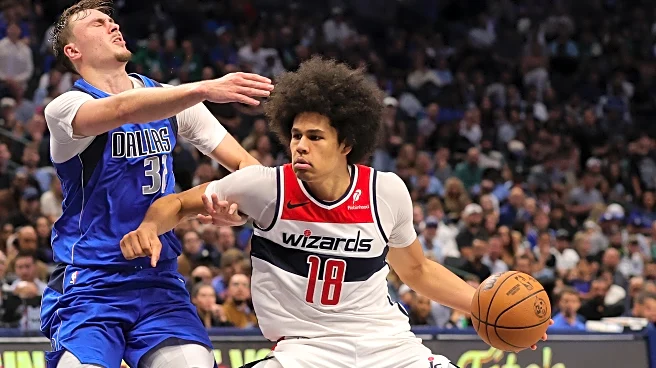
If you’re going to be one of the NBA’s worst teams, which the Wizards are, there are going to be nights like this one. The Wizards rode an off shooting half for the Hornets (3-22 from deep despite getting
multiple open and wide-open looks) to a halftime lead, which they extended to as much as 13 early in the third quarter. Then Charlotte started hitting shots, Washington laid bricks, and the game avalanched away.
Last night’s matchup was the first of the season where Washington’s opponent had good perimeter players, and the Wizards got torched. Against the Milwaukee Bucks and Dallas Mavericks, Washington had some success pressuring opposing ball handlers. When they tried against LaMelo Ball and Collin Sexton, they got torched. Tre Mann and Sion James were able to generate paint touches as well, though Mann had a rough time finishing or setting up teammates.
The story of this one was Ball, who toyed with the Wizards en route to a 38 point, 13 rebound, 13 assist triple-double. Charlotte rookie Kon Knueppel was impressive, hitting five threes to finish with 20 points and 6 rebounds.
I was also impressed by Sion James, who looked every bit the solid reserve guard every good team needs. I was also entertained by Moussa Diabate and Washington’s inability to keep him off boards — 10 rebounds, 4 on the offensive end in just 23 minutes.
It wasn’t all bad for the Wizards. Alex Sarr was good (21 points, 4 rebounds, 5 assists, 3 blocks). He’s a decent rim protector, but he needs help on the boards and he needs perimeter defenders to execute the team’s force rules (translation: stop giving up so much penetration to the middle).
CJ McCollum had his best game of the season. It wasn’t particularly good overall — 24 points on 20 shots — but it was markedly better than his first two outings.
Justin Champagnie got the call when Kyshawn George committed his fourth foul early in the third quarter. He took the floor looking like he’d hit the snooze button on his alarm a few times but scrapped and battled in his six minutes of action.
Champagnie was also part of an amusing sequence highlighted by Charlotte play-by-play man Eric Collins. Wizards head coach Brian Keefe put Champagnie in with 2.4 seconds left in the first half. On the inbounds, officials called Ball for a foul. The clock didn’t run. If he hadn’t gotten those second half minutes, Champagnie would have been credited with a game played but with 0:00 of playing time.
Semi-random Observations
- Khris Middleton’s lack of lateral agility is understandable given his age and injury history. It also makes things tough for the big men, of whom the Wizards have exactly one competent defender (Sarr).
- Cam Whitmore got credited with two assists. One was a true assist — he hit Tristan Vukcevic wide-open in the paint for a dunk. The other? Technically, I can kinda-sorta see it, though I think it’s a very generous interpretation of the rule. On the first quarter play, he passed to Tre Johnson on the perimeter. Johnson drove to the basket and hit a tough runner over Salaun.
- Rough night for Kyshawn George after a good first two games. I see to persistent issues he needs to address: turnovers and fouling. He’s gotta cut back on both. The fouls undermine what seems to be high defensive potential.
- Disappearing Wizards was a theme. Middleton felt absent, especially in the second half. Carrington too. Probably the biggest vanisher was Corey Kispert who managed 1 rebound, 1 steal, 1 missed shot, and 1 foul in 20 minutes.
Four Factors
Below are the four factors that decide wins and losses in basketball — shooting (efg), rebounding (offensive rebounds), ball handling (turnovers), fouling (free throws made).
The four factors are measured by:
- eFG% (effective field goal percentage, which accounts for the three-point shot)
- OREB% (offensive rebound percentage)
- TOV% (turnover percentage — turnovers divided by possessions)
- FTM/FGA (free throws made divided by field goal attempts)
In the table below are the four factors using the percentages and rates traditionally presented.
Stats & Metrics
PPA is my overall production metric, which credits players for things they do that help a team win (scoring, rebounding, playmaking, defending) and dings them for things that hurt (missed shots, turnovers, bad defense, fouls).
PPA is a per possession metric designed for larger data sets. In small sample sizes, the numbers can get weird. In PPA, 100 is average, higher is better and replacement level is 45. For a single game, replacement level isn’t much use, and I reiterate the caution about small samples sometimes producing weird results.
POSS is the number of possessions each player was on the floor in this game.
ORTG = offensive rating, which is points produced per individual possessions x 100. League average so far this season is 115.1. Points produced is not the same as points scored. It includes the value of assists and offensive rebounds, as well as sharing credit when receiving an assist.
USG = offensive usage rate. Average is 20%.
ORTG and USG are versions of stats created by former Wizards assistant coach Dean Oliver and modified by me. ORTG is an efficiency measure that accounts for the value of shooting, offensive rebounds, assists and turnovers. USG includes shooting from the floor and free throw line, offensive rebounds, assists and turnovers.
+PTS = “Plus Points” is a measure of the points gained or lost by each player based on their efficiency in this game compared to league average efficiency on the same number of possessions. A player with an offensive rating (points produced per possession x 100) of 100 who uses 20 possessions would produce 20 points. If the league average efficiency is 114, the league — on average — would produced 22.8 points in the same 20 possessions. So, the player in this hypothetical would have a +PTS score of -2.8.
Players are sorted by total production in the game.
